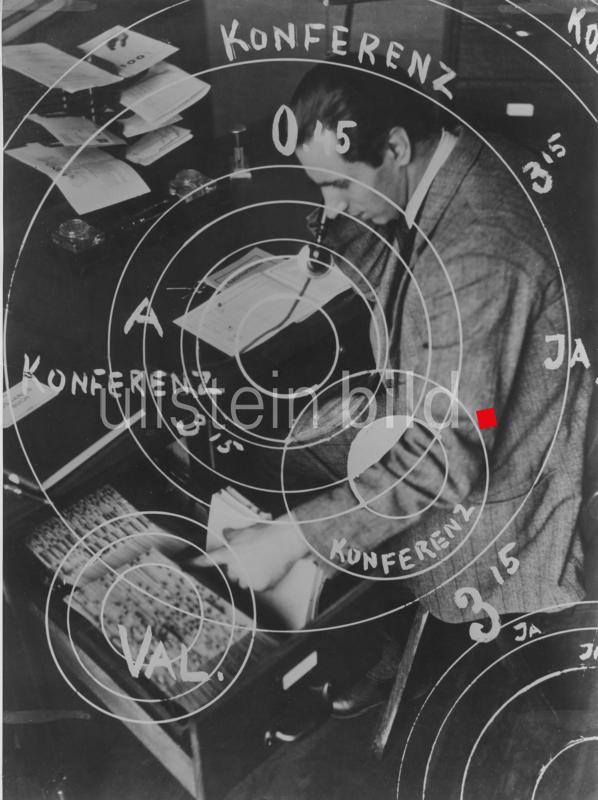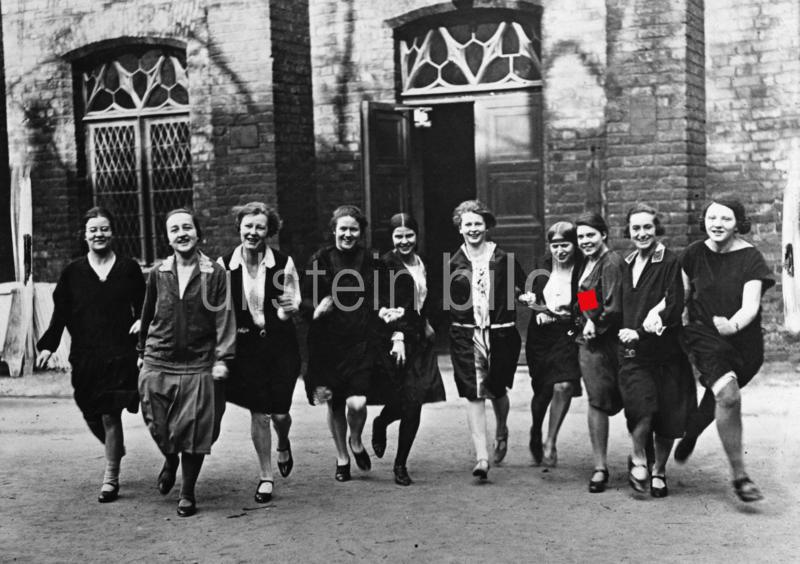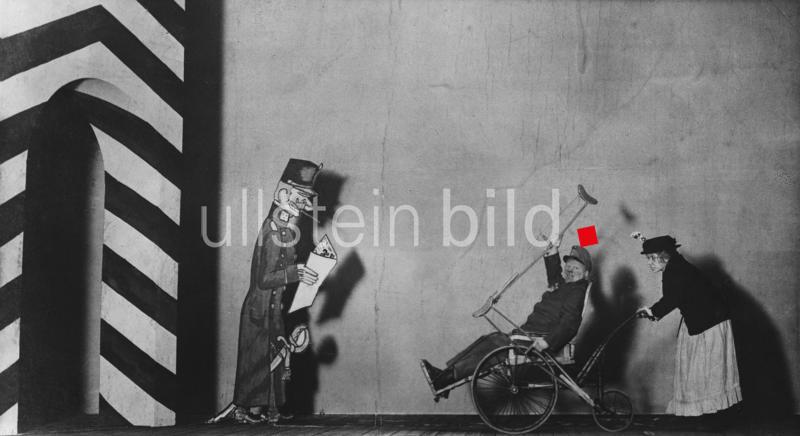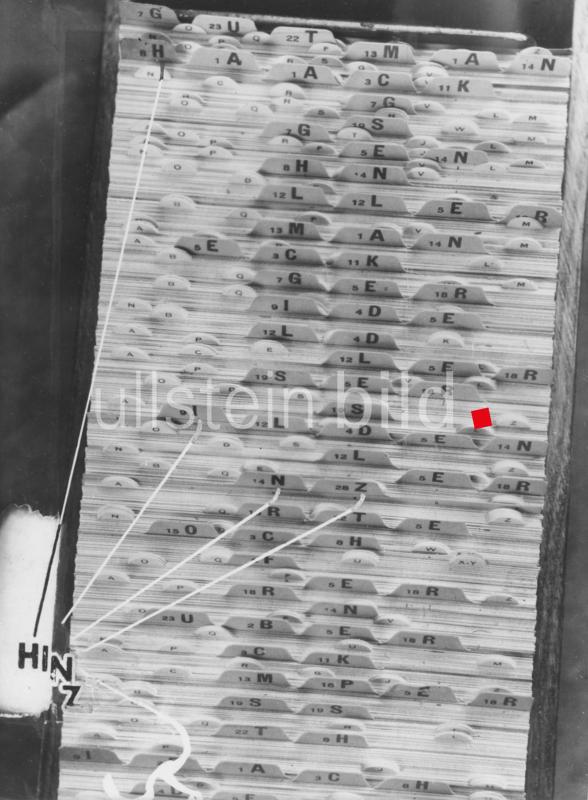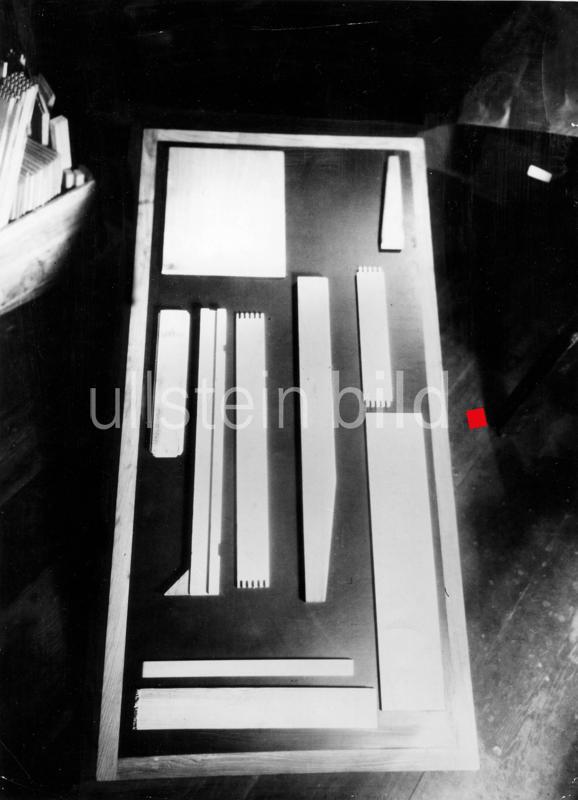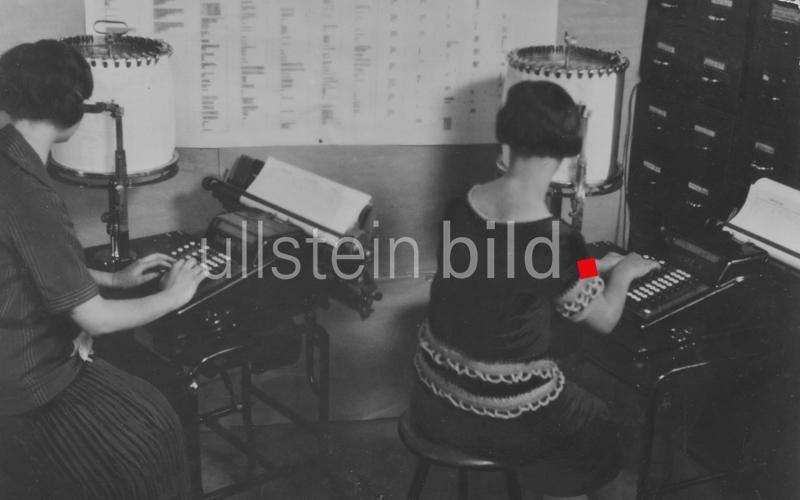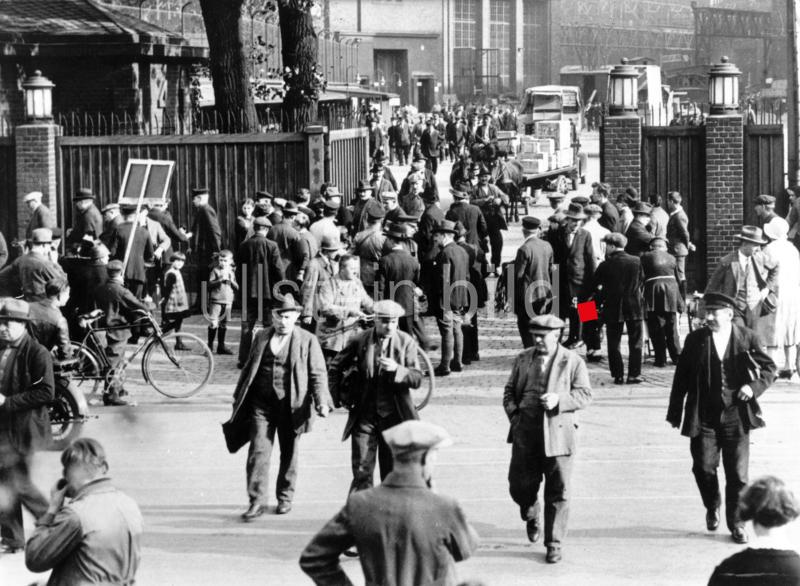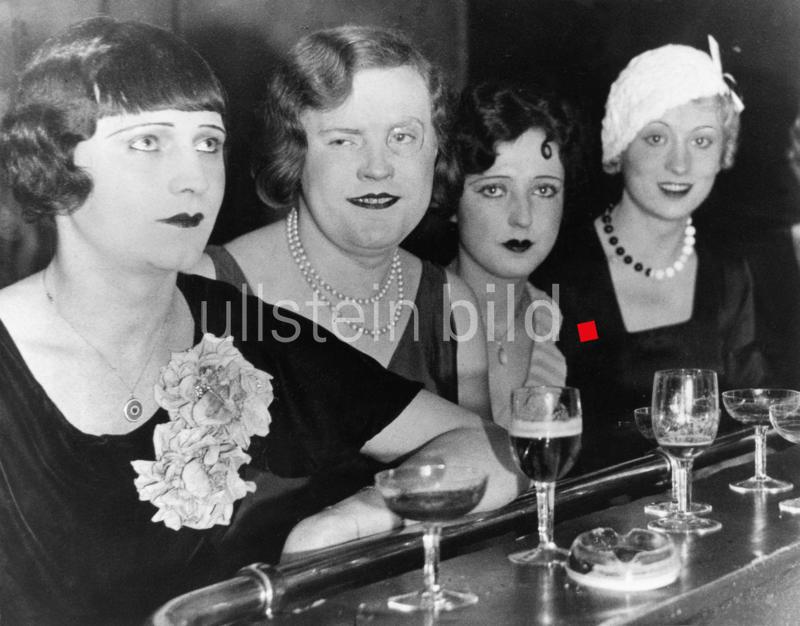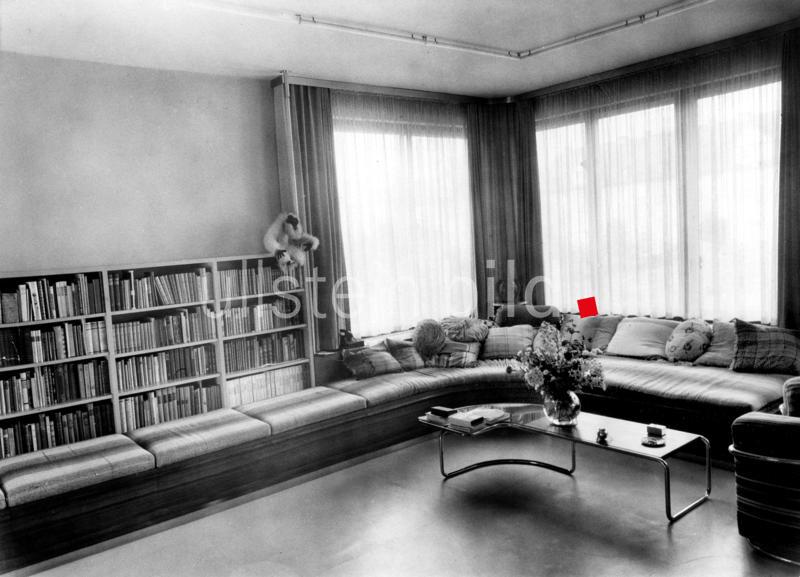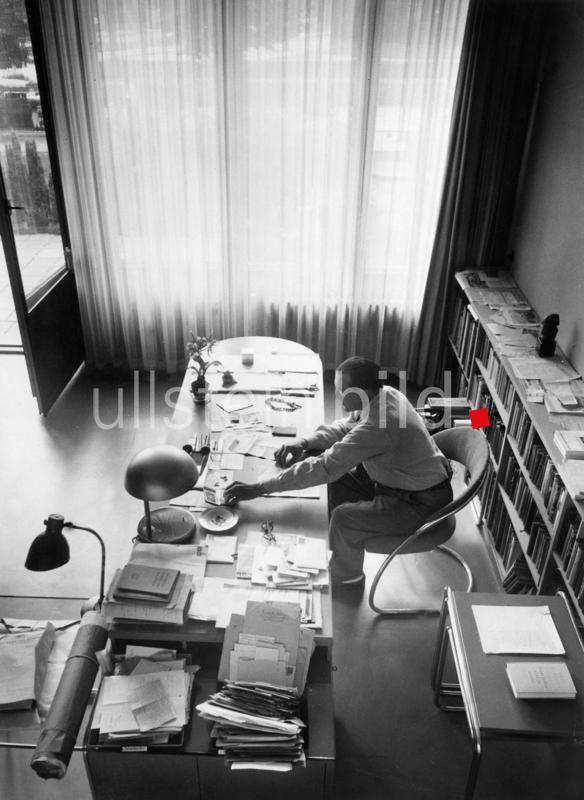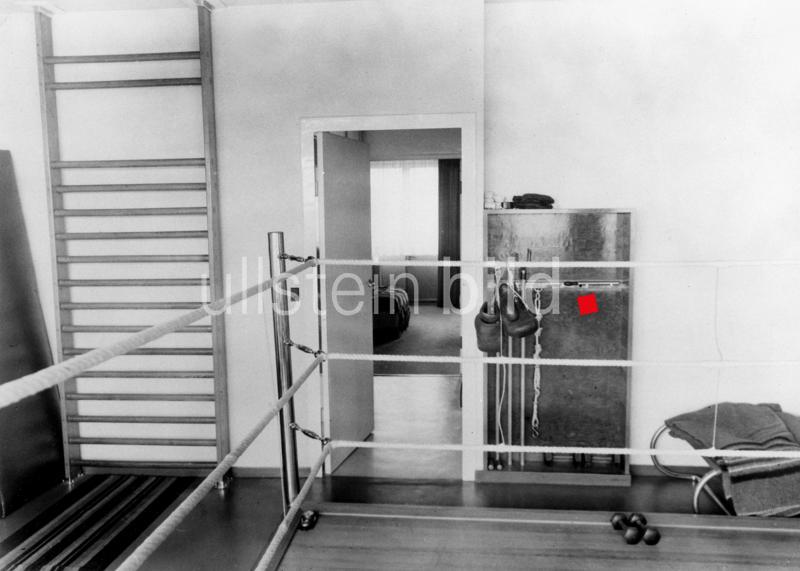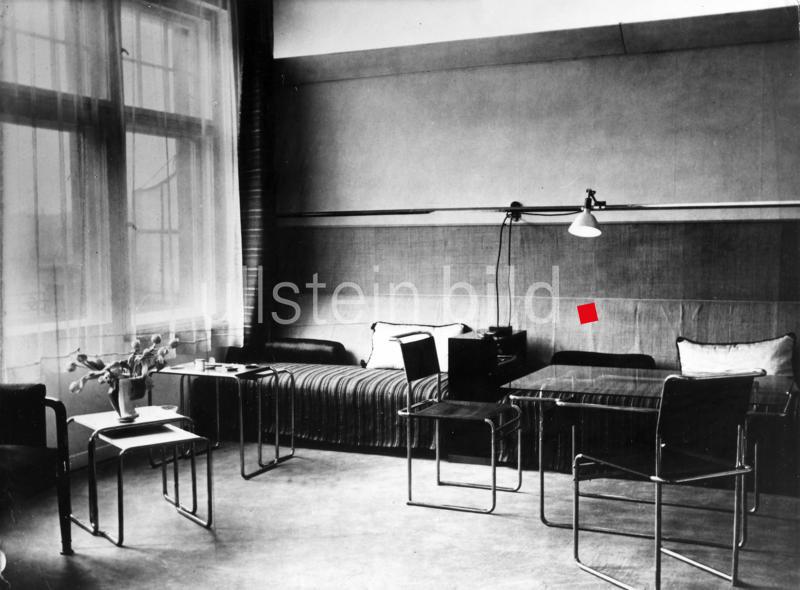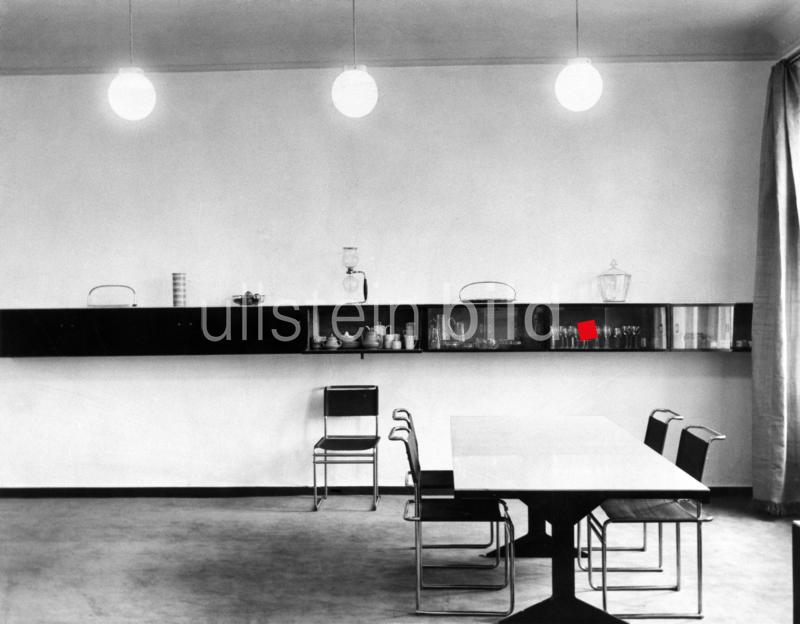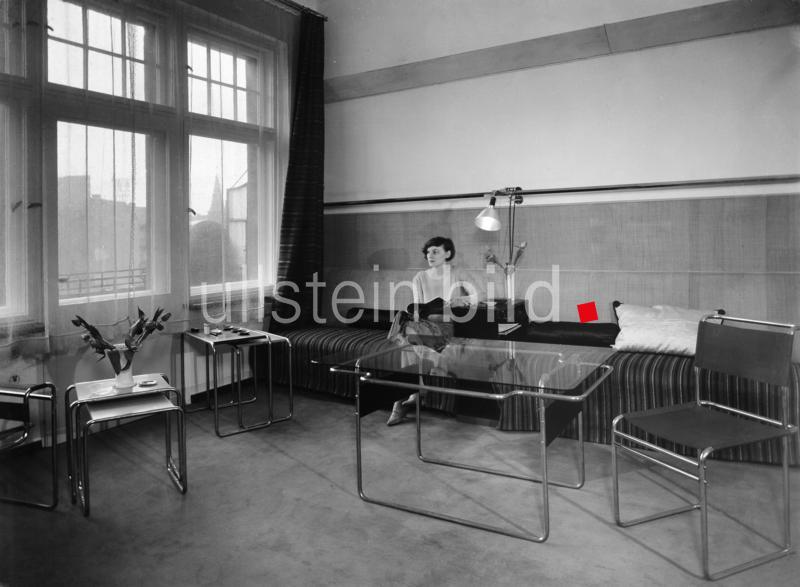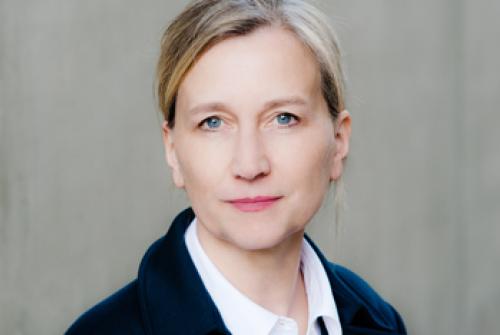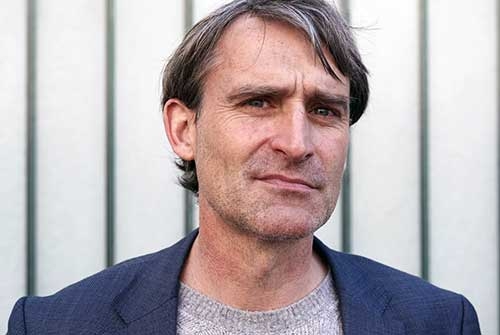Nouvelle Objectivité
Interview with Florian Ebner, Head of the Photography Collection at the Centre Pompidou Paris, on Nouvelle Objectivité
_______________________________________________________________
Mr. Ebner, the exhibition Allemagne / Années 1920 / Nouvelle Objectivité / August Sander - starting May 11 at the Centre Pompidou Paris - is dedicated to the presentation of various art genres of the period of the Weimar Republic at the end of the 1920s: photography and film, painting, literature, theater, architecture, music, design. A period of rich interweaving of the arts. The publications of the Ullstein publishing house in Berlin in the 1920s, on which the Ullstein photographic collection is based, also stand on this foundation: Die Dame or Der Querschnitt, founded by Alfred Flechtheim, are not even conceivable without the prerequisite of cross-border, artistic thinking. It is elementary for the coming together of the works of photographers such as Suse Byk, Madame d'Ora, Frieda Riess, Martin Munkácsi, or Karl Schenker with works by visual artists such as Oskar Kokoschka, Lyonel Feininger, Amedeo Modigliani, or writers such as Klabund, Robert Walser, Elke Lasker-Schüler, and Georg Hermann.
What role does the mutual influence, the dialogue between the different arts play in the exhibition at the Centre Pompidou?
Indeed, the exhibition follows the great tradition of pluridisciplinary exhibitions that have taken place at the Centre Pompidou since 1977, such as Paris-New York (1977) or Paris-Berlin (1978). The dialogue of the arts, as you call it, is part of the DNA of the Centre Pompidou, and for this exhibition, my colleague Angela Lampe, who was in charge of this part of the exhibition, has carefully ensured that this dialogue is preserved and that significant works that breathe the spirit of Neue Sachlichkeit entirely are represented in this exhibition from all genres. Since you have already mentioned the magazine Der Querschnitt, for us the term is a kind of key artistic methodology at work in those years. You can find it in the cross-section films of those years, such as Walter Ruthmann's Berlin. Symphony of the Big City (1927) Otto Dix's Big City Triptych (1927-1928) whose magnificent preparatory cardboard is represented in the exhibition, Alfred Döblin's Berlin Alexanderplatz, some pages of which illustrate his montage principle, Flechtheim himself is present with his portrait of Dix from the Neue Nationalgalerie, last but not least August Sander's People of the 20th Century, the monographic part of this exhibition. Sander's presentation traverses the entire exhibition in the form of a V and places the various thematic chapters of this exhibition alongside their respective actors.
What conclusions can be drawn from this for the consideration of photography up to the present day?
Photography indeed has a kind of key role to play in those years. With the rise of the illustrated press - you know this best of all at Ullstein - a completely new field of activity and new job profiles emerge. At the same time, photography also reached artistic maturity in the second half of the 1920s, as evidenced by the major exhibitions, but also by wonderful published texts. Especially the aesthetics of New Objectivity with its interest in things finds a natural ally in photography. Things seem to "come into their own" in photography, to their "objective meaning," as Walther Petry puts it in his text "Die Bindung an die Dinge”, which we show as a facsimile as well as in original prints of important pictures by Aenne Biermann and Albert Renger-Patzsch. On the other hand, the exhibition operates with a large number of press photographs as a historical source, precisely to show the social upheavals of those years. Photography is witness to several emancipation movements at once, itself embedded in a great media revolution of those years. We know that the emancipations of those years will come to an end in January 1933, whereas the media revolution continued and the Nazis mastered the aestheticization of politics. The Ullstein publishing house was also affected by these upheavals.
The exhibition in Paris also shows original works from the Ullstein photographic collection that reflect the upheaval of their time of origin, but also artistic rigor and concentration. These include photo reportages by Sasha Stone.
Yes, we are very grateful for the loan of the wonderful images by Sasha Stone that were published in the UHU in 1926 in the reportage by Fritz Zielesch under the telling title "Das tausendpferdige Büro”, an essay on the functionalization and rationalization of office work, which we can show as original prints. The series is a central building block of the argument in the exhibition chapter on rationalité. All the formal inventions of photography, such as the close-up, are contained in this reportage. The montages If Berlin ... were (before 1929) form another wonderful series. Four sheets in which Berlin imagines to be not only Berlin, but at the same time another city, in If Berlin were Constantinople one sees the Hagia Sophie mounted behind the Brandenburg Gate, all extremely finely done. On the printed page of the magazines of UHU, Die Dame and other papers, these montages take on a different pictorial reality. Photographically and graphically, it literally bubbles with inventiveness, a bloom that visual journalism will not reach again. In terms of the German mentality of those years, this montage also reveals a lot ... in Paris, one would never have thought of wanting to be another city at the same time.
The Centre Pompidou houses a comprehensive collection of 20th century photography, which has been built up for forty years now. What focal points and directives are decisive for you?
For my colleague Julie Jones and me in the Photography Department, it's a matter of interpreting a great tradition and collection. Of course, with our focus on modernist art, photography from the interwar period deserves special attention. Here we try to fill gaps, including the photographs of female photographers such as Aenne Biermann. At the same time, we would like to think in terms of large ensembles, i.e. not just collect individual images, but also be on the lookout for larger convolutions and groups of works. Two years ago we were able to acquire the cycle "Ci-Contre" by the Lithuanian-born artist Moi Ver - a biography of the 20th century - from the collection of Ann and Jürgen Wilde, as well as the photographic archive of Paul Virilio (the series Bunker Archaeology) - for this French author and architect photography was a formative experience, at the same time his visual world is an extension of the documentary paradigm. The many facets of experimental and self-referential photography and the documentary forms certainly represent focal points. Last but not least, contemporary image culture forms a great challenge for us and we try to acquire works by artists who critically reflect and accompany this image culture, for example the German artist Hito Steyerl (together with my colleague Marcella Lista from media art). But we are also interested in a figure like Jochen Lempert, in whose images one also watches a scientific gaze at work, as is the case in the photography of New Objectivity and New Vision, photography as an extension of human physiology, but radically turned to the subjective and personal. A truly German summer this year in Paris.
Thank you very much, Mr. Ebner, for this interview!
The interview was conducted by Dr. Katrin Bomhoff, ullstein bild collection.
First published 07th June 2022.
Information about the exhibition can be found on the website.
Exhibition station at the Louisiana Museum of Modern Art from October 14, 2022 to February 19, 2023.
In the gallery you can see a selection of original photographs on "Neue Sachlichkeit" from the ullstein bild collection, the corresponding dossier can be found at ullstein bild.
